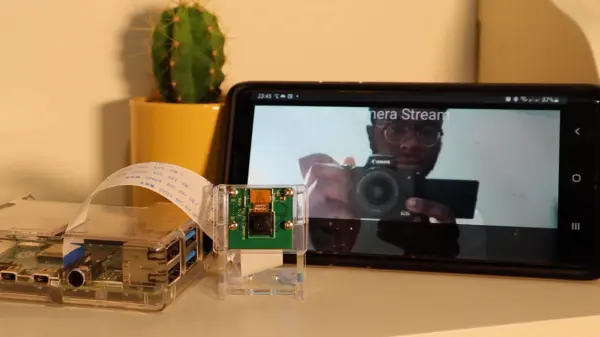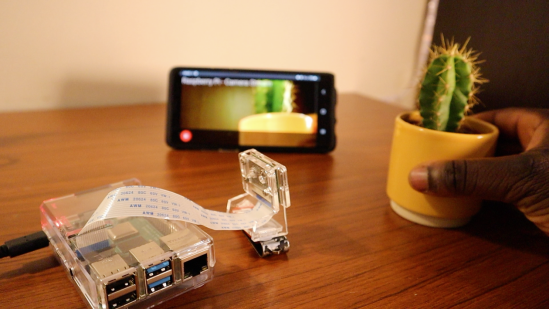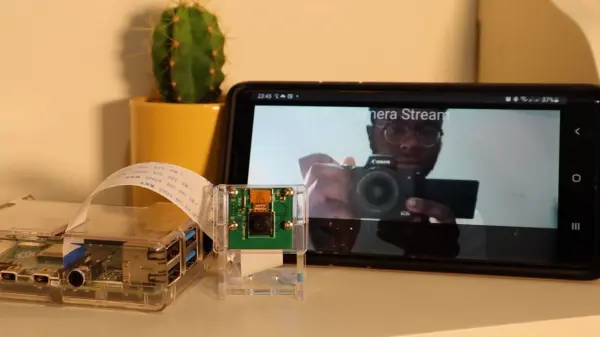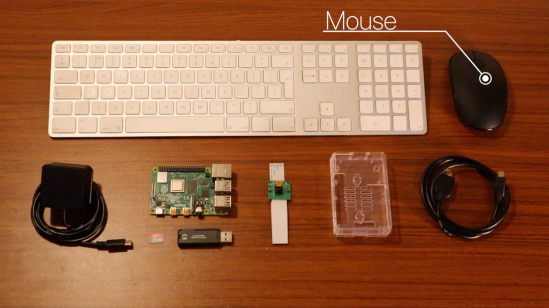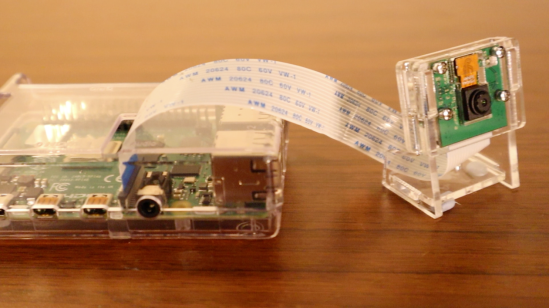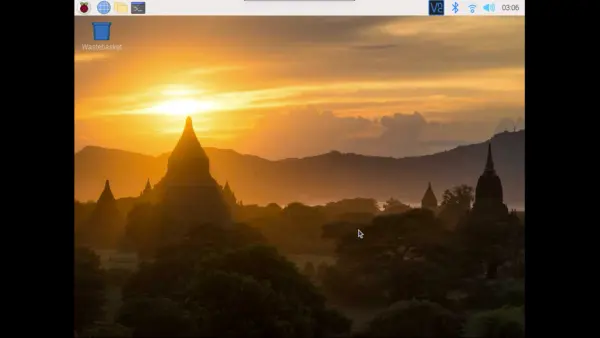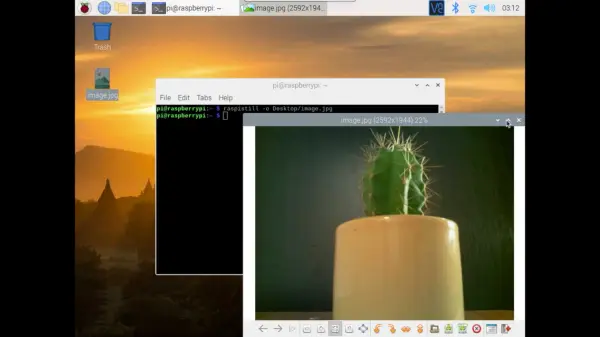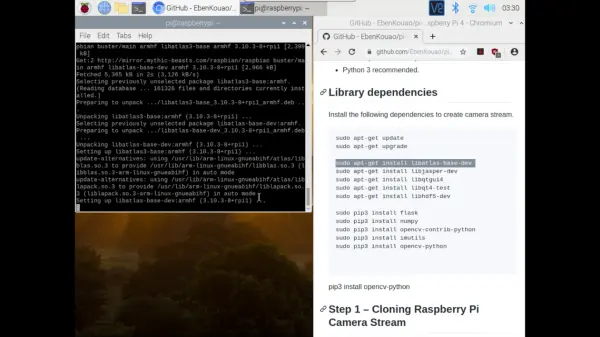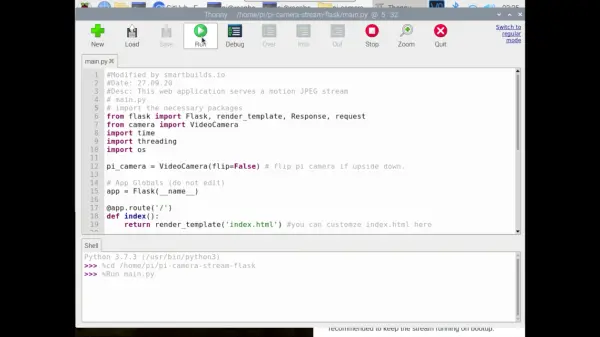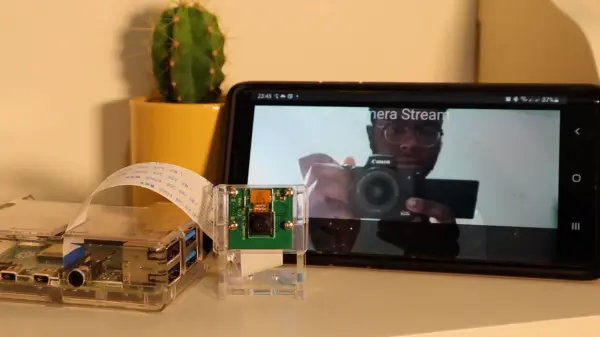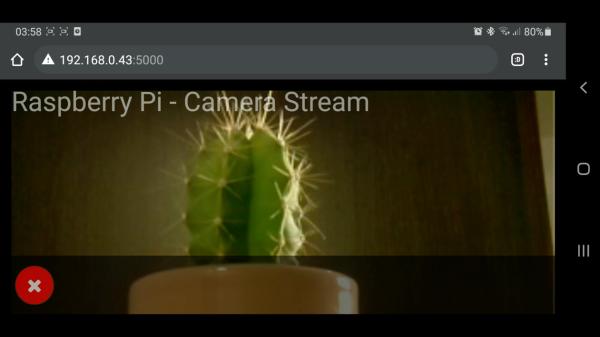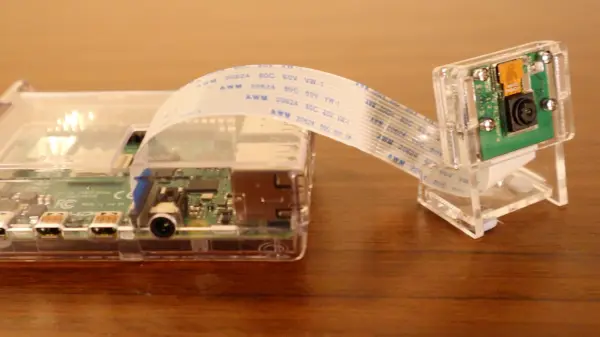The utilization of real-time streaming presents an excellent opportunity for engaging with our surroundings, such as through a CCTV camera. But have you ever wondered about the underlying technology?
Imagine if we could achieve the same functionality using a Raspberry Pi. Specifically, we could stream the live feed from the Pi Camera to various client devices, allowing for seamless interaction. Additionally, we will explore practical applications of this concept.
This tutorial aims to provide a comprehensive guide on how to accomplish exactly that. We will demonstrate the process of creating a live camera streaming system from a Raspberry Pi to your smartphone or any other internet-connected device. If you've recently acquired a Raspberry Pi and are eager to embark on a new project, this endeavor could serve as an ideal starting point.
Introduction & Top Level Overview
Upon completing this tutorial, you will possess the skills to establish a wireless stream that allows you to view the camera feed from any device connected to your network. This capability opens up possibilities for creating personalized camera streams for various applications, such as a plant monitor, smart CCTV camera with face recognition, or even a portable camera.
The tutorial will guide you through the process of assembling the necessary components, installing the operating system, and setting up the Python stream. So without further ado, let's commence our journey!
Introduction Raspberry Pi
To gain a comprehensive understanding, it is always beneficial to familiarize ourselves with the hardware we will be utilizing. In this case, we have the remarkable Raspberry Pi—a miniature marvel. Essentially, a Raspberry Pi functions as a computer, albeit at a low cost. Similar to your MacBook or desktop computer, it comes equipped with USB peripherals and various ports like Audio Jack, Ethernet, and HDMI.
What makes the Raspberry Pi intriguing is its compact form factor, making it highly versatile for numerous real-world applications and immensely popular within the DIY community.
For the purpose of this article, we will be utilizing the Raspberry Pi 4 (4GB) model. However, it is worth noting that other models can also be used, though there may be variations in performance.
What is streaming & How does it work?
Flask can be regarded as a Python-based back-end web server or micro-framework, simplifying the process of constructing web frameworks with Python.
So how does it work?
We are currently obtaining real-time video from the Raspberry Pi camera and utilizing Flask to generate a live stream accessible to various client devices. Flask serves as an excellent connection between Python and HTML web pages, supporting Motion JPEG for streaming a series of individual JPEG images. Motion JPEG is commonly employed in both security IP cameras and webcams, and this is the method we employ to stream our live feed.
Moreover, any device connected to the same network as the Pi can access the URL and view the live stream footage. the OpenCV library would be used to access our video stream.
Pi Cam vs. camera module
If you are curious about the image comparison performance between the latest Pi Camera Module and another option, here is the comparison. While the Pi Camera module is pricier, it undoubtedly offers better image quality.
However, for the purpose of this project, we have opted to use the more affordable Pi Module.


